
Range Rover Estate engines, drive and performance
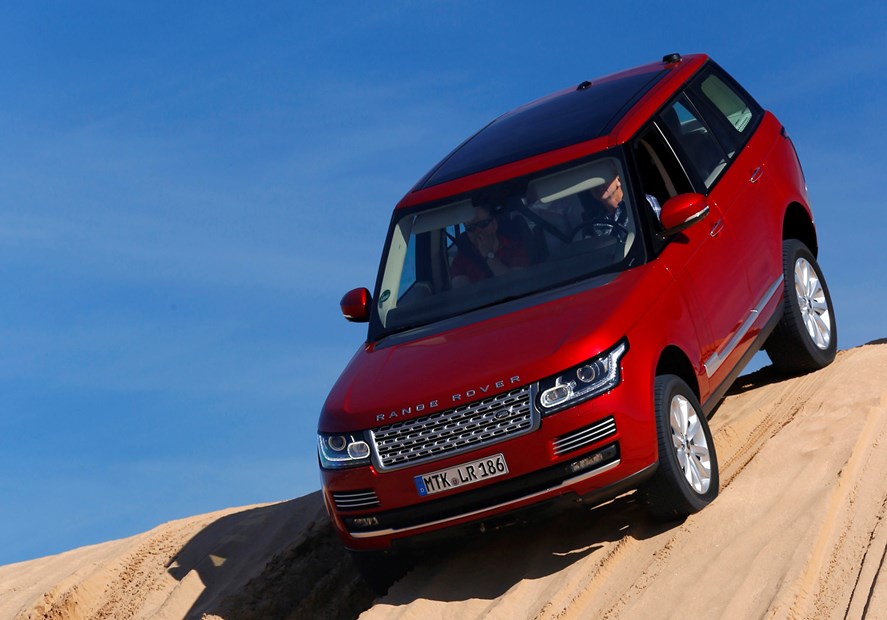
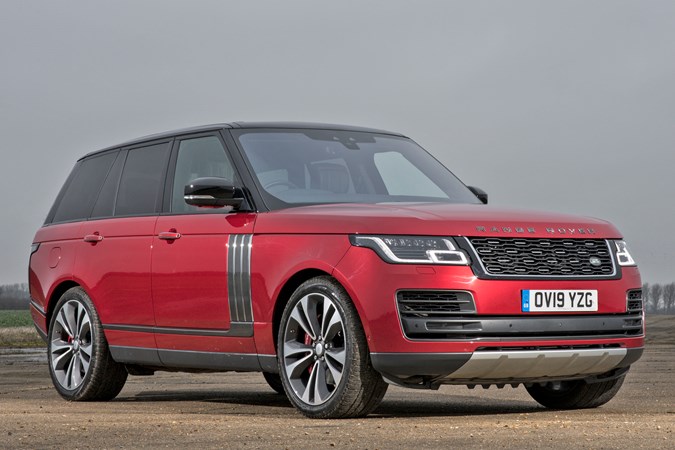
- Relatively economical diesel SDV6
- Torquey petrol and diesel V8s
- Plug-in hybrid good on paper
What engine options are there?
Over the course of this-generation Range Rover’s lifecycle, there have been a wide range of petrol, diesel, mild-hybrid, conventional hybrid and plug-in hybrid options. The line-up as it stands today is described below.
All Range Rovers are fitted with four-wheel drive and an eight-speed automatic gearbox with a rotary selector as standard. The six-cylinder engines feature a mild-hybrid system to help boost efficiency and everyday performance by a notch.
| Engine | Power and torque |
0-62mph time SWB/LWB |
Top speed |
| D300 3.0-litre i6 diesel | 300hp, 650Nm | 7.4secs | 130mph |
| D350 3.0-litre i6 diesel | 350hp, 700Nm | 6.8secs/7.2secs | 140mph |
| P400e 2.0-litre petrol PHEV | 404hp, 640Nm | 6.4secs/6.5secs | 137mph |
| P400 3.0-litre i6 petrol | 400hp, 550Nm | 6.3secs/6.5secs | 140mph |
| P525 5.0-litre V8 petrol | 525hp, 625Nm | 5.4secs/5.5secs | 140-155mph |
| P565 5.0-litre V8 petrol | 565hp, 700Nm | 5.4secs/5.2secs | 140-155mph |
The latest diesel line-up for the Range Rover sees a 3.0-litre straight-six replacing both the old 3.0-litre V6 and 4.4-litre V8. It’s much smoother and quieter than both its predecessors, even if the soundtrack isn’t as glorious as the old V8 unit. There’s plenty of muscle to lug this luxury SUV around and the gearbox responds to throttle inputs quickly. The pedals are quite light to use, which might take a while to get used to, but they’re responsive enough.
If you’re planning on a petrol-engined Range Rover, the chances are you’re interested in going quickly.
Arriving in 2018 to replace the supercharged 3.0-litre V6 was the P400 with a turbocharged 3.0-litre engine with its six cylinders arranged in a line. This is also much smoother than the old V6 unit and feels more muscular too, producing 550Nm of torque from a relatively low 2,000rpm. The old V6 did sound and feel as though it would struggle with the Range Rover’s heft.
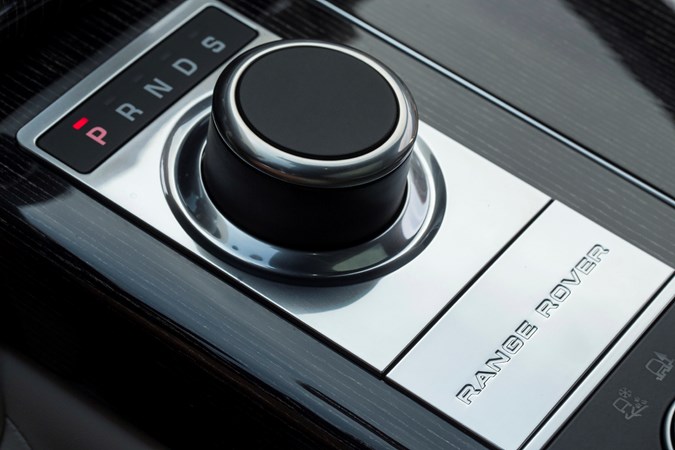
Significantly upping the ante is the P525 – the first of the supercharged 5.0-litre V8 petrol engines – and yes, it produces a goosebump-inducing sound.
The flagship P565 version of the same engine is fitted exclusively to the SVAutobiography Dynamic models. Despite the power being ramped-up to 565hp and the peak torque similarly elevated to 700Nm, top speed and the 0-62mph time remain identical to the P525, suggesting it’s not really worth spending the extra on it. Still, that menacing burble’s rather intoxicating, if ruinous to run.
The top speed of 155mph on both these engines only apply to models fitted with 22-inch wheels, otherwise the lower figure tabled above is applicable.
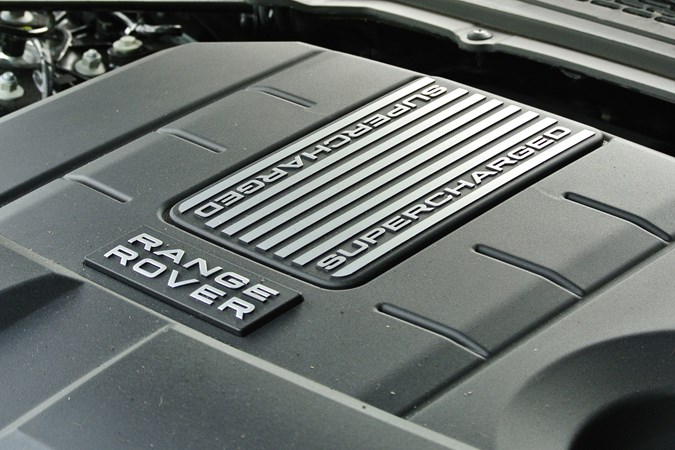
Plug-in hybrid option
Replacing the previous conventional hybrid Range Rover at the start of 2018, the P400e plug-in hybrid combines a 300hp four-cylinder 2.0-litre turbocharged petrol engine with a 116hp electric motor. Powering the latter is a 13.1kWh lithium-ion battery, meaning a total system output of 404hp and 640Nm of torque.
This results in a particularly potent 0-62mph time, beating the diesels.
You can use the petrol and electric motors in parallel or in pure EV mode, in which case the P400e can manage 25 miles when fully charged (this’ll take 7.5 hours on a domestic three-pin plug), with a top speed of 85mph.
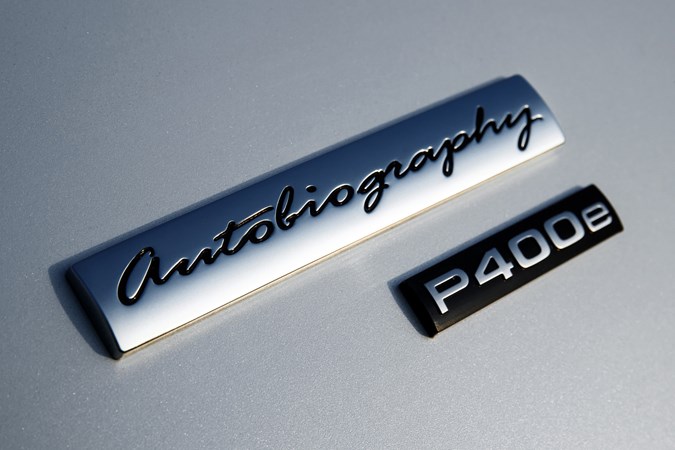
The hybrid system can use the vehicle’s sat-nav to work out when to use electricity, but there’s a manual ‘battery save override’ function, too, for when you’re driving outside an urban area.
It all sounds very attractive on paper – and in benefit-in-kind taxation, but when the batteries are empty you’ve got a 2,577kg car being hauled around by a 2.0-litre engine. That’s rather troubling for fuel efficiency, but as it’s also working hard to keep the performance at an acceptable level, it’s noisy, too. It’s simply not as good an all-rounder as it could be.
>> We rate the best hybrid SUVs for 2020
Previously available engines engines
The original 3.0-litre V6 supercharged petrol engine delivers 340hp – about the same as the SDV8 diesel, but only 450Nm of torque, which is substantially less. As you’d expect the 0-62mph time is between that of the V6 and V8 diesels at 7.4 seconds, and the top speed is 130mph.
While it’s not the slowest engine you can have in a Range Rover, the power delivery is much less muscular than either diesel option or V8 petrols. That means the V6 has to be worked hard to keep pace with (in the case of either diesel) cheaper stablemates. In a luxury car, that’s disappointing.
That said, at lower-revs the V6 petrol is noticeably quieter than its diesel alternative. If you don’t do the annual mileage to justify a diesel and don’t mind compromising on power delivery, the V6 petrol is a fine choice.
Originally the entry-level diesel, the TDV6 engine may be less powerful than its eight-cylinder stablemate, but 258hp and 600Nm of torque allows the six-pot Range Rover to waft along at an admirable clip, terminating at 130mph.
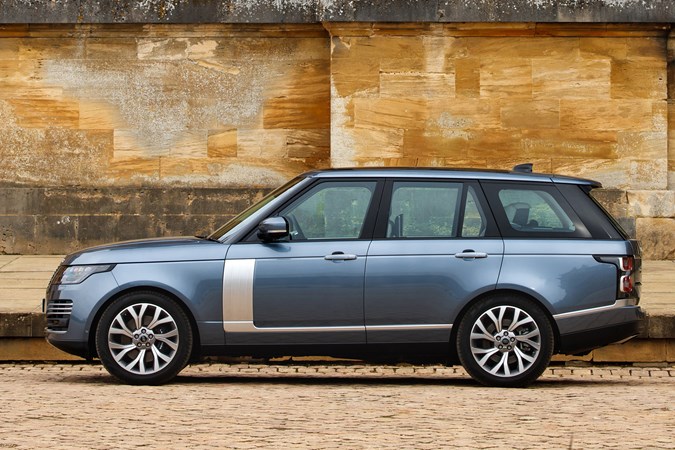
It’s about a second slower from 0-62mph, taking eight seconds, but it’s also a lot lighter, so its performance never really feels dwarfed by the larger unit.
Revisions in 2018 saw the popular TDV6 3.0-litre upgraded and becoming the SDV6 in the process. At 275hp it’s the least powerful Range Rover on sale but 625Nm of pulling power from just 1,500rpm ensures it’s no slouch: top speed is quoted at 130mph, while the 0-62mph sprint takes 7.9 seconds. For most customers, this is the engine that makes the most sense.
If you still fancy a diesel but having a craving for more grunt, then the 4.4-litre SDV8 might be more to your fancy – it certainly produces an aurally appealing soundtrack. Power’s rated at 339hp, but at a mighty 740Nm of torque, it’s the model with the greatest pulling power – something to consider for those who tow frequently. Note that it’s not much quicker than the SDV6, though, with a 135mph top speed and a 7.3-second 0-62mph time.
The Range Rover was also previously sold with a conventional hybrid powertrain – badged SDV6 HEV – combining the 3.0-litre V6 diesel engine with a battery-powered electric motor, totalling 354hp and a towering 700Nm of pulling power, to hurl it from 0-62mph in an impressive 6.9 seconds.
On the road, it was just as quiet and powerful as the regular diesel Range Rover. The brakes were a little abrupt, and there was a very slight hesitation in the power delivery, but the PHEV otherwise had the same imperiously smooth driving characteristics as the rest of the range.
It was just as capable off-road too, and even though the battery was mounted at the base of the vehicle, the ground clearance is unchanged.
How does it handle?
- Lightweight bodywork and suspension
- Loads of tech to help it on- and off-road
- Terrain Response 2 tackles tricky surfaces
Despite its size, the Range Rover uses an all-aluminium body, and there’s plenty of the lightweight componentry used in the standard air suspension.
On-road driving
There’s also a lot of tech at work – adaptive dampers monitor vehicle movements up to 500 times a second to ensure a composed ride, while Dynamic Response (only on V8 cars) reduces the amount of body lean.
For a vehicle so tall, you’d expect a little lean and bodyroll when cornering, but this feels far less top-heavy than Range Rovers of old, even when turning sharply. If you want a little more agility, the Range Rover Sport is a better alternative.
That said, you tend to find yourself adapting your driving style to suit the relaxed nature of the Range Rover anyway – driving just that little more sedately, without the need to rush to your destination.
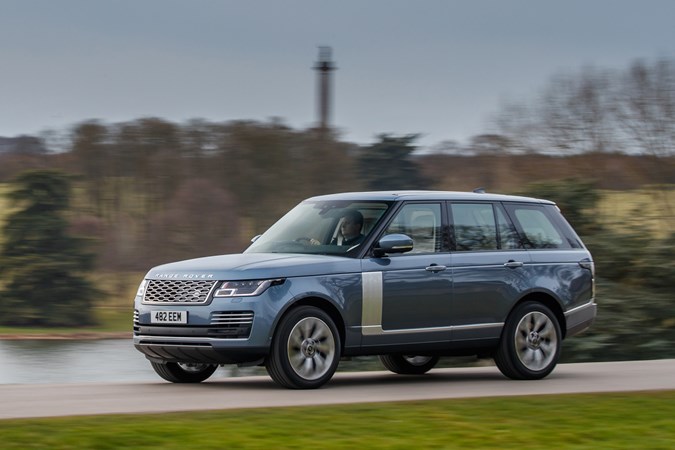
At low speeds the steering is nicely weighted and turning into tight roundabouts is surprisingly easy despite what seems a large car.
At higher speeds there is little feel from the steering but the response to any steering inputs is quick enough. It is a big improvement but not as road-performance focused as such rivals as the Porsche Cayenne.
Drive modes
Switch into Dynamic drive mode and the steering weightens up a little without feeling too artificial, giving you a dose more confidence. The suspension firms up a notch to reduce the body from pitching so much, but doesn’t transform the way the Range Rover behaves in the corners. It’s tidier and feels more composed, but thankfully, doesn’t ruin the ride quality.
One of the very few areas we’d like to see improved on the Range Rover is the introduction of an Individual drive mode, which allows you to tailor individiual aspects to your taste. For example, we’d have the steering and suspension set to Dynamic, but leave the engine tune in Comfort to balance the relaxed power delivery with tidier body control.
Off-road capability
This, unsurprisingly, is an area where the Range Rover excels. Land Rover has years of experience when it comes to ploughing new furrows off-road and tests its vehicles from the freezing cold of Sweden to the arid sand dunes of Dubai. That means it’s more than capable of traversing a muddy campsite or horse trials car park.
Again, there’s loads of tech to thank here. The main component is Land Rover’s Terrain Response 2 system (standard on all but base-spec Vogue cars), which monitors the surface you’re on and optimises the vehicle’s engine, gearbox, centre differential and chassis.
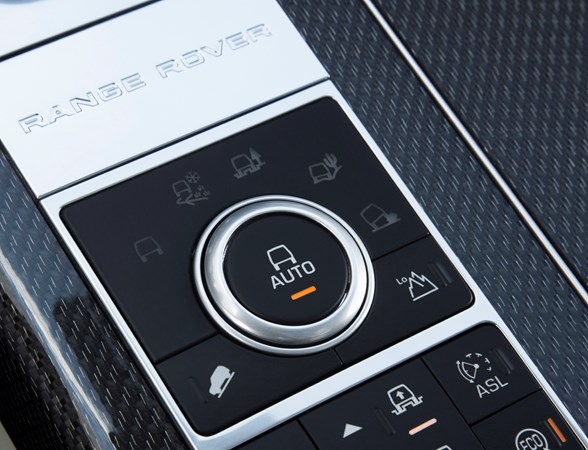
There are seven settings – General Driving, Grass/Gravel/Snow, Mud and Ruts, Sand, and Rock Crawl. There’s also an auto mode that works it all out for you. It’s worth noting Comfort and Dynamic were added in post-2017 facelift cars.
Secondly there’s All Terrain Progress Control (not on the plug-in hybrid), which is a sort of off-road cruise control. It maintains speed between 1mph and 18mph so you can concentrate on finding a clear path.
Low Traction Launch helps you pull away easily on low-friction surfaces, while Hill Descent Control makes short work of steep descents by maintaining a constant speed for you.
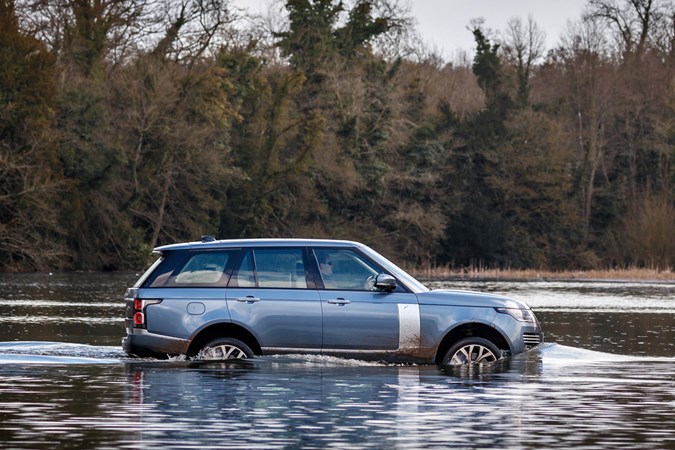
The last gadget is the optional Wade Sensing assistant. This helps you crossing standing water by using sensors in the door mirrors to measure depth – the Range Rover can drive in water up to 900mm deep.
On the sand dunes where we tested the Range Rover the four-wheel drive always found grip, including in deep sand and the Hill Descent Control is extremely effective in providing an easy way to tackle steep drops.
The low range gearbox helps with tackling very gnarly rock-strewn river beds and the tight turning circle helps with threading through narrow gaps.
Going off-road in a plug-in hybrid?
Land Rover reckons the PHEV Range Rover is even better off-road than the conventional car thanks to its greater torque from standstill, enhancing low-speed control and pull-away on low-grip surfaces.
Terrain Response 2 has been tweaked due to the electric motor’s maximum torque from zero rpm, and the wading depth is unchanged despite all of the electrical components.


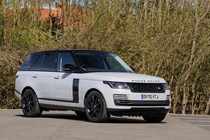
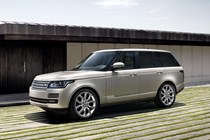
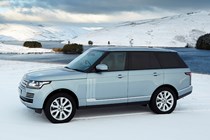
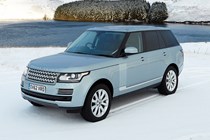
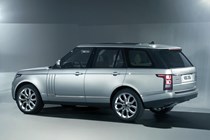
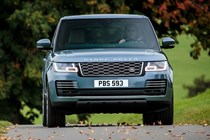
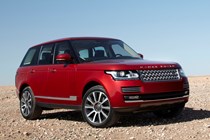
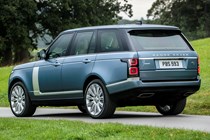
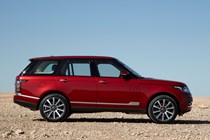
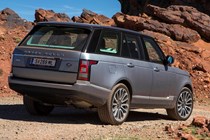
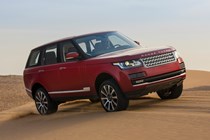
.jpg)
.jpg)
.jpg)
.jpg)
.jpg)
.jpg)
.jpg)
.jpg)
.jpg)
.jpg)
.jpg)
.jpg)
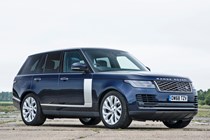
.jpg)
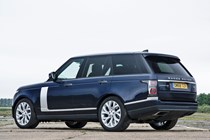

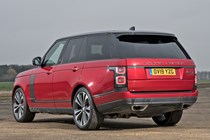

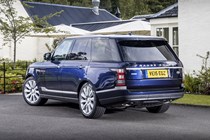
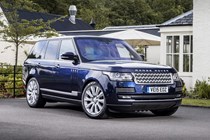
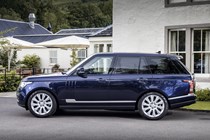
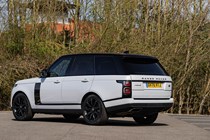



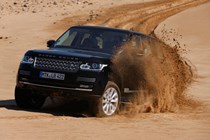
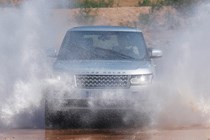
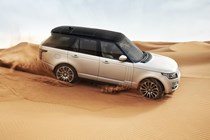
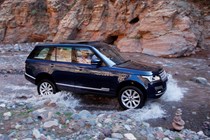
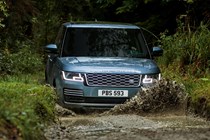
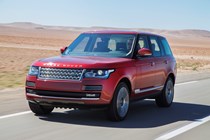
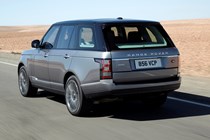
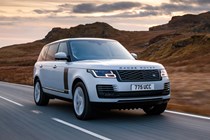


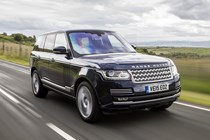
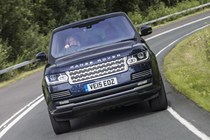
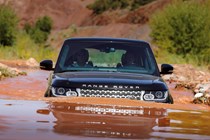
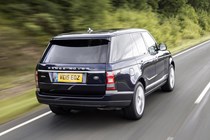
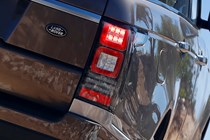
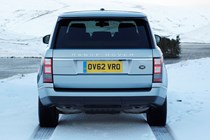
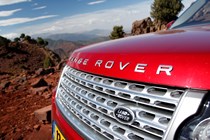
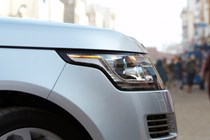
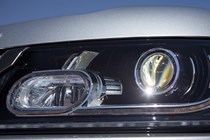
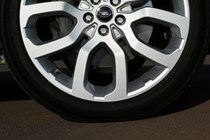

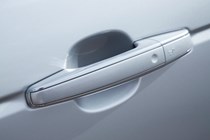
.jpg)
.jpg)
.jpg)
.jpg)
.jpg)
.jpg)
.jpg)
.jpg)
.jpg)
.jpg)
.jpg)
.jpg)
.jpg)
.jpg)
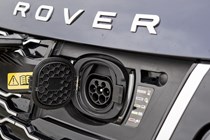

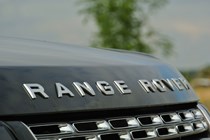
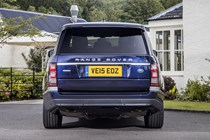
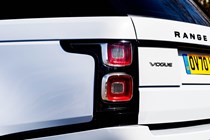
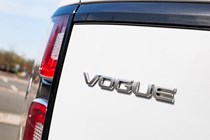
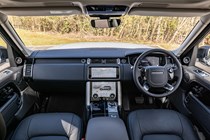
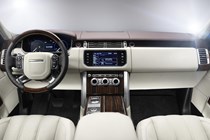
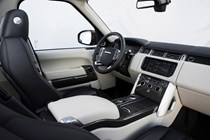

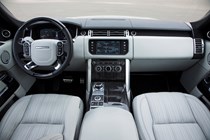
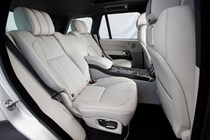
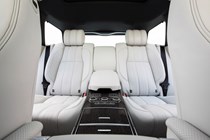
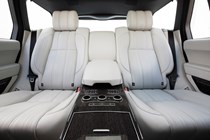

.jpg)
.jpg)
.jpg)
.jpg)
.jpg)
.jpg)
.jpg)
.jpg)
.jpg)
.jpg)
.jpg)
.jpg)
.jpg)
.jpg)
.jpg)
.jpg)
.jpg)
.jpg)
.jpg)
.jpg)
.jpg)
.jpg)
.jpg)
.jpg)
.jpg)
.jpg)
.jpg)
.jpg)
.jpg)
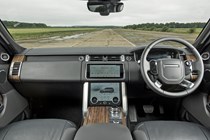
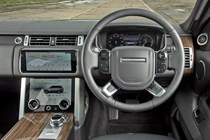

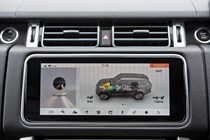
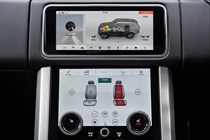
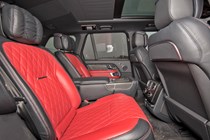
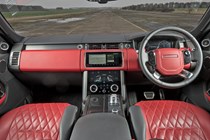
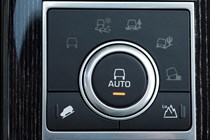
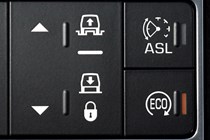
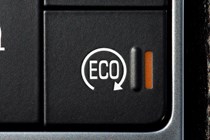
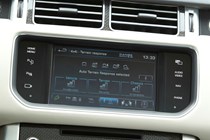

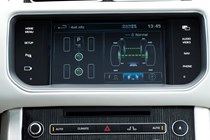
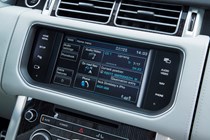
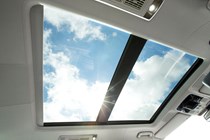
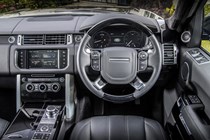
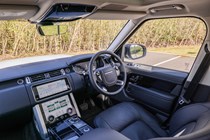
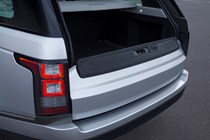
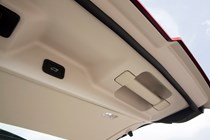
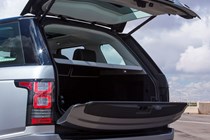
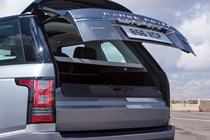
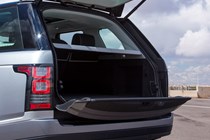
.jpg)
.jpg)
.jpg)
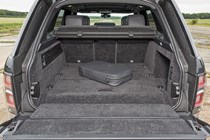
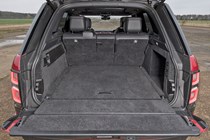
.jpg)
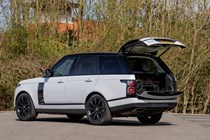
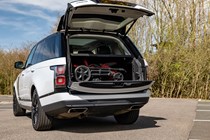
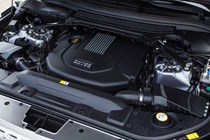
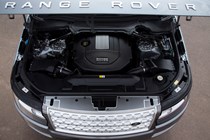
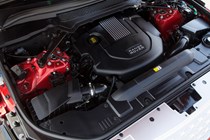
.jpg)
.jpg)
.jpg)
.jpg)
.jpg)












.jpg?quality=50)
.jpg?quality=50)
.jpg?quality=50)
.jpg?quality=50)
.jpg?quality=50)
.jpg?quality=50)
.jpg?quality=50)
.jpg?quality=50)
.jpg?quality=50)
.jpg?quality=50)
.jpg?quality=50)
.jpg?quality=50)

.jpg?quality=50)

































.jpg?quality=50)
.jpg?quality=50)
.jpg?quality=50)
.jpg?quality=50)
.jpg?quality=50)
.jpg?quality=50)
.jpg?quality=50)
.jpg?quality=50)
.jpg?quality=50)
.jpg?quality=50)
.jpg?quality=50)
.jpg?quality=50)
.jpg?quality=50)
.jpg?quality=50)















.jpg?quality=50)
.jpg?quality=50)
.jpg?quality=50)
.jpg?quality=50)
.jpg?quality=50)
.jpg?quality=50)
.jpg?quality=50)
.jpg?quality=50)
.jpg?quality=50)
.jpg?quality=50)
.jpg?quality=50)
.jpg?quality=50)
.jpg?quality=50)
.jpg?quality=50)
.jpg?quality=50)
.jpg?quality=50)
.jpg?quality=50)
.jpg?quality=50)
.jpg?quality=50)
.jpg?quality=50)
.jpg?quality=50)
.jpg?quality=50)
.jpg?quality=50)
.jpg?quality=50)
.jpg?quality=50)
.jpg?quality=50)
.jpg?quality=50)
.jpg?quality=50)
.jpg?quality=50)






















.jpg?quality=50)
.jpg?quality=50)
.jpg?quality=50)


.jpg?quality=50)





.jpg?quality=50)
.jpg?quality=50)
.jpg?quality=50)
.jpg?quality=50)
.jpg?quality=50)
